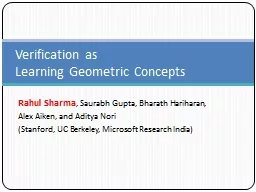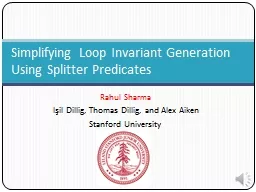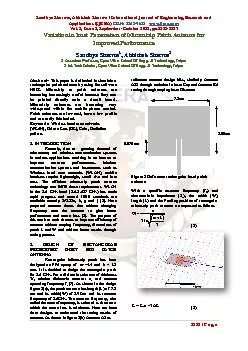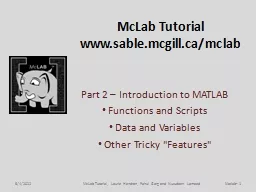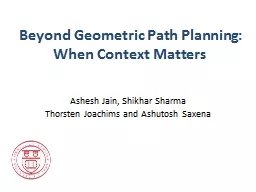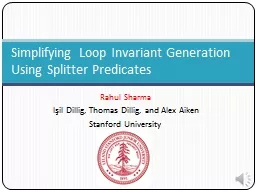PPT-Rahul Sharma , Saurabh
Author : luanne-stotts | Published Date : 2018-11-03
Gupta Bharath Hariharan Alex Aiken and Aditya Nori Stanford UC Berkeley Microsoft Research India Verification as Learning Geometric Concepts Invariants assume
Presentation Embed Code
Download Presentation
Download Presentation The PPT/PDF document "Rahul Sharma , Saurabh" is the property of its rightful owner. Permission is granted to download and print the materials on this website for personal, non-commercial use only, and to display it on your personal computer provided you do not modify the materials and that you retain all copyright notices contained in the materials. By downloading content from our website, you accept the terms of this agreement.
Rahul Sharma , Saurabh: Transcript
Download Rules Of Document
"Rahul Sharma , Saurabh"The content belongs to its owner. You may download and print it for personal use, without modification, and keep all copyright notices. By downloading, you agree to these terms.
Related Documents

